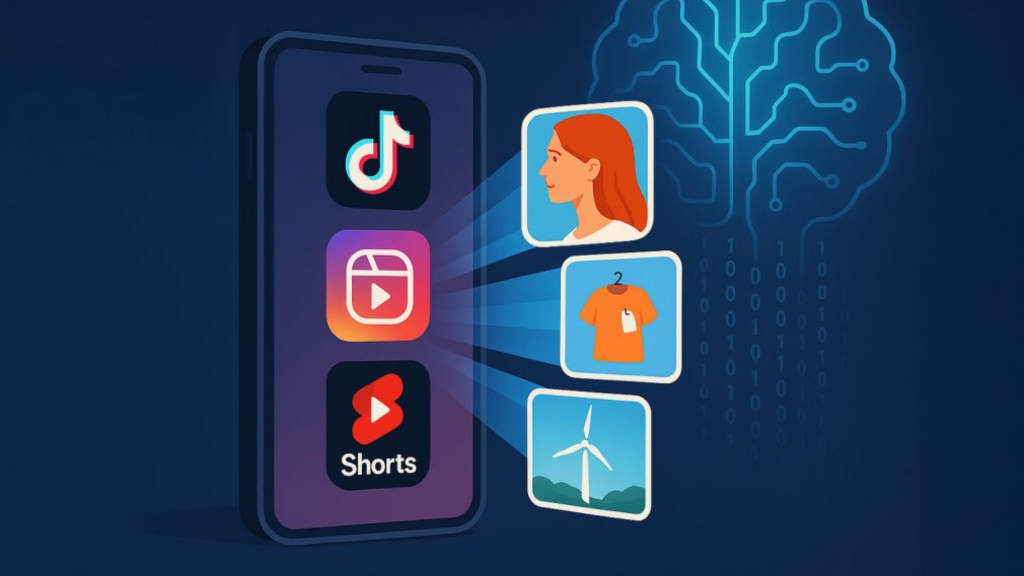Today, social media has become one of the most powerful marketing channels for brands. In particular, influencer marketing stands out as one of the most effective ways to reach consumers. While social media platforms help build a direct connection between brands and their audiences, influencers have become one of the most crucial bridges in that relationship. The growing relevance of influencers—especially micro-influencers—is a key topic that every digital marketer should understand.
What Is Influencer Marketing?
Influencer marketing refers to the practice of social media users sharing content about a specific brand, product, or service by leveraging their audience reach. Brands collaborate with influencers to create campaigns that resonate with their target audience. Among social media advertising strategies, influencer partnerships have emerged as one of the most impactful and efficient methods in recent years.
Types of Influencers
Influencers can be categorized based on their number of followers and influence:
- Mega Influencers: Have over 1 million followers and are often celebrities.
- Macro Influencers: Typically have between 100,000 and 1 million followers and appeal to broad audiences.
- Micro Influencers: Range between 10,000 and 100,000 followers and focus on a specific niche.
- Nano Influencers: Have fewer than 10,000 followers and cater to a highly targeted audience.
Micro-influencers, in particular, can offer strong returns for brands due to their close-knit, loyal communities.
What Is a Micro-Influencer and Why Are They Important?
Micro-influencers are content creators with an audience between 10,000 and 100,000 followers. While they may have a smaller reach compared to major influencers, their authentic and trusted connection with followers makes them extremely valuable for brands.
Advantages of micro-influencers include:
- Higher engagement rates,
- More natural communication of brand messages due to closer relationships with followers,
- Lower collaboration costs, allowing brands to work with multiple influencers simultaneously,
- Niche audience targeting that aligns precisely with brand demographics.
Key Benefits of Working with Micro-Influencers
Working with micro-influencers brings several strategic advantages for brands:
- Authenticity: Their content is perceived as genuine recommendations rather than direct advertising, fostering trust.
- Cost Efficiency: They are generally more budget-friendly compared to macro and mega influencers.
- Long-Term Potential: Micro-influencers are often open to ongoing partnerships, which can help build long-term brand loyalty.

What to Consider When Choosing Micro-Influencers
Selecting the right micro-influencer is critical to the success of any campaign. Key criteria include:
- Audience Match: The influencer’s audience should align with the brand’s target market.
- Engagement Rate: Go beyond follower count; look at likes, comments, and overall interaction levels.
- Content Quality: Content should be professional, visually appealing, and consistent with the brand’s voice.
- Past Collaborations: Evaluate previous partnerships and campaign outcomes.
- Authenticity & Trust: Influencers with a genuine connection to their followers tend to be more effective brand ambassadors.
The Impact of Micro-Influencers Across Platforms
Different platforms cater to different types of influencers. Micro-influencers on Instagram, TikTok, YouTube, and LinkedIn can significantly boost brand visibility and drive engagement.
Especially on TikTok and Instagram, features like Reels and Stories enable influencers to deliver high-impact content that reaches large audiences quickly. These formats have been shown to influence purchasing decisions more effectively than traditional ads.
Micro-influencers are increasingly shaping the future of social media marketing. Instead of conventional ads, they produce more relatable and targeted content, offering brands a unique opportunity to connect with consumers authentically. With the right influencer selection and a solid strategy, businesses can achieve greater success with their social media advertising efforts.
Brands looking to invest in influencer marketing should not limit themselves to high-profile accounts. Partnering with micro-influencers can lead to more organic, sustainable growth. In today’s digital landscape, influencer collaborations have become an essential part of any brand’s marketing strategy.


